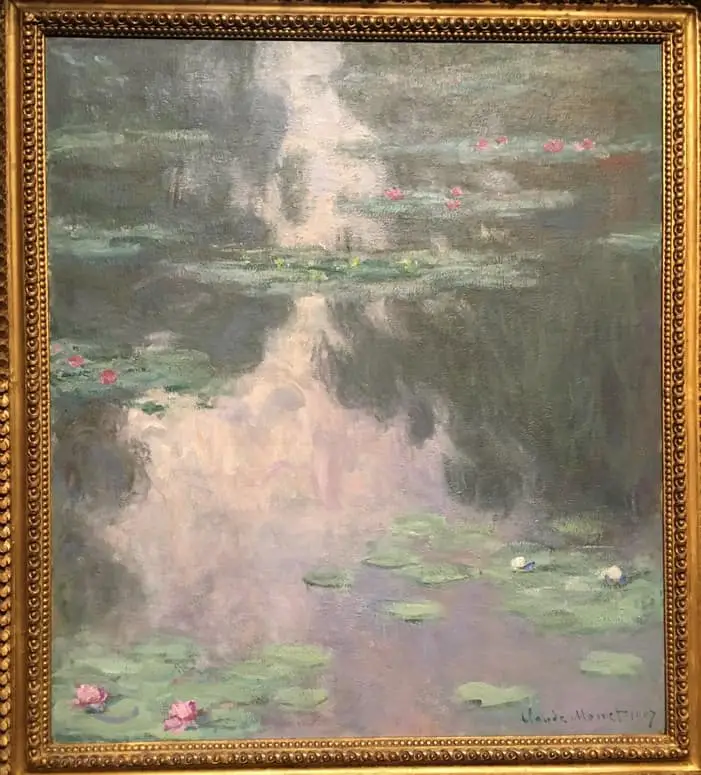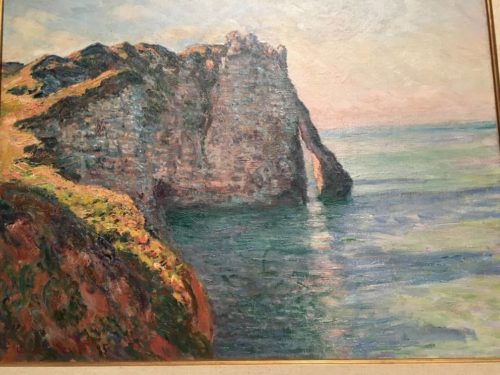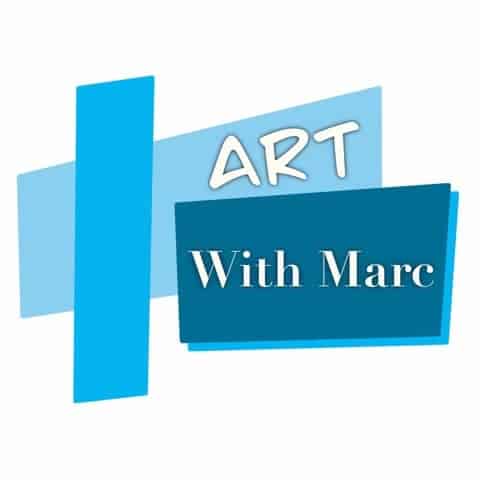The other day, I went to go see the Monet exhibit currently being held in Denver.
It has me wondering about impressionism. After doing a few searches it seemed as if impressionism and expressionism were closely related somehow.
So what is the difference between Impressionism and Expressionism? How is it that they are connected?
After reading a number of web pages and forums here is what I found!
Impressionism tries to capture the atmosphere of the moment while Expressionism is more about harnessing one’s emotions of the moment.
Lets briefly explore each so we both can understand them a bit better.
Related Articles:
- Acrylic Painting For Beginners – Your Guide to Getting Started
- What Makes a Good Abstract Painting? The Principles of Art
- The Self Taught Artist VS Trained Artists
- How To Start Drawing As A Hobby
- How to Start Painting as a Hobby
The Rise of Impressionism

Impressionist artists were the rebels of their time. They broke from the tradition of classical teachings by portraying regular modern scenes of people just going about their daily activities.
In impressionism, one seeks to capture their impression of the moment.
At the time this was so unconventional that the artists who produced such works had to ban together in order to have an exhibit to display their artwork!
It sought to capture fleeting moments in loose representations of reality. Taking art from portraits and ornate displays of religious or violent moralistic landscapes to depictions of color filled serene landscapes and bustling cityscapes.
From inside art studios to outside among parks and people living their lives.
Often times playing with light, impressionist artists would seek to capture the atmosphere of the moment. Which ultimately changes in mere minutes.
This can be seen clearly when examining these two paintings by Monet.


In the Cliffs of the Porte d’Aval, you easily get the impression that it is late afternoon on a relatively calm and clear day. While in The Beach at Fecamp, there is an ominous and overcast atmosphere. You can feel the strength of the wind and imagine the moisture blowing in from the ocean.
Conveying the strong sense that a storm is looming.
All in all, impressionism was an important divergence from tradition in that it allowed artists to use paint and color to express their observations more freely. Which broke from the rigid realists of the times.
Thus paving the way and eventually leading to the rise of expressionism and the many other isms of art that soon followed.
The Scream of Expressionism
After artists began to embrace their impressions of the moment they started to learn to express their emotions through their works as well.
Expressionism seeks to convey intense emotion through tone and brush strokes. Through the distortion of form and the use of vibrant colors to EXPRESS a variety of anxieties and desires.
A good example of this is a rather famous painting you may be familiar with called “The Scream”.

It is said the artist, Edvard Munch, was recreating an experience he had on a walk in his youth with a couple of friends. He described it as the air turning to blood and seemed to have visions of his friend’s faces turning a yellowish-white.
As he was struck by this moment he fell behind his friends a bit which was when he heard “The Scream” of nature.
He sought to express this experience in this strange and ominous painting. I don’t often relate to paintings in an emotional way but this one, in particular, speaks to me.
It feels as if the artist may have been in a dark and lonely place. Not just physically, as the story of his walk makes it sound like it was possibly an overcast day, but emotionally as well.
There are many other examples of expressionism as well. Another great way to understand this art form is to look at the many portraits of Max Beckmann.


Beckmann made over 85 self-portraits in a variety of mediums. When looking at just the two paintings above and comparing them we can see two very different versions of Max in how he sees himself in those moments of time.
Take a look at his many other self-portraits to see how different they are from each other and you will get a sense of how he felt about himself as well.
However, when it comes to the differences between impressionism and expressionism, they are pretty aptly named. I think maybe the next step in understanding them and their differences more deeply is for us to try and do our own paintings of these types!
